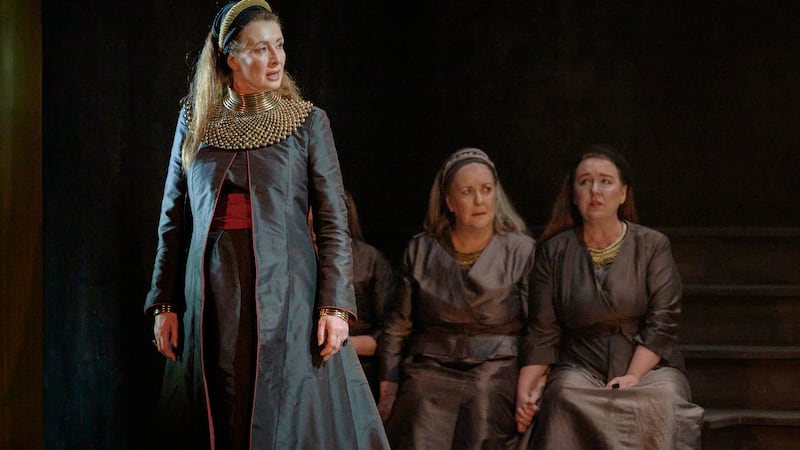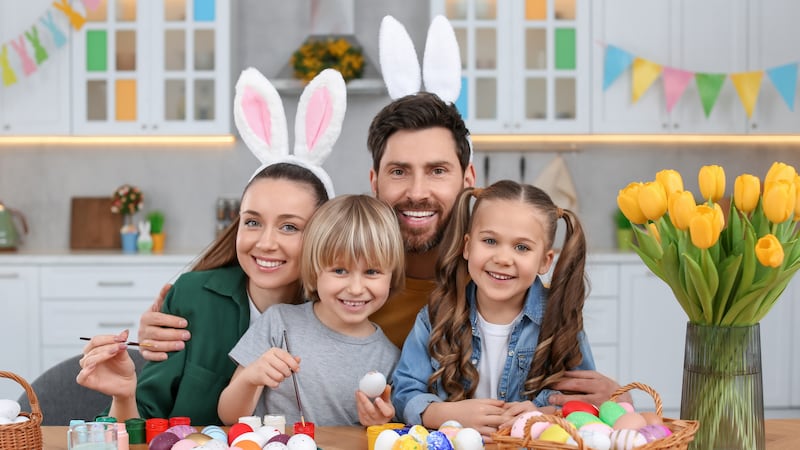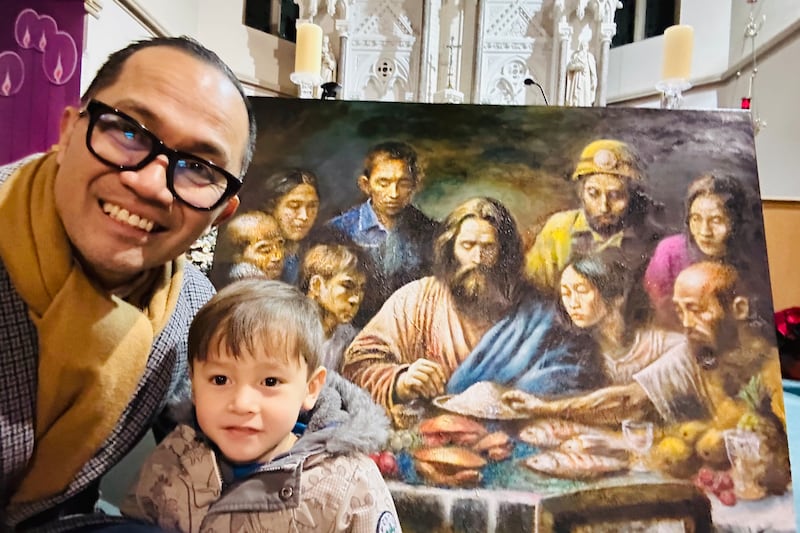GO mbeannaí Dia daoibh agus bhur gcéad fáilte isteach chuig The Bluffer’s Guide to Irish.
Last week we looked at the preposition pronoun le (liom, leat, leis, léi, linn, libh, leo) and its so useful that the Bluffer wants to spoil you with more examples and lots of ready-made phrases with which you can dazzle people with your Irish.
A very useful phrase is thaitin sé liom - which means I enjoyed it, so if you tell someone you were in Benidorm or had colonic irrigation and they ask you ar thaitin sé leat? - you can say thaitin - you don’t even need to use the whole phrase.
Or you can say níor thaitin (sé liom) - I didn’t enjoy it.
Ar thaitin Ghostbusters 2 libh? Did you enjoy Ghostbusters 2? Níor thaitin (sé linn).
Now an itsy bitsy teeny weeny bit of grammar.
When you have le and an (the) coming together le changes to leis to give you leis an.
It the same with na when you are talking about more than one thing.
So one useful phrase is leis an fhírinne a dhéanamh - to tell the truth (literally, with the truth to make).
Níor thaitin an scannán leis na páistí - the kids didn’t enjoy the film.
Another useful phrase is le bheith ionraic - to be honest whether it is about a film or a meal or an idea about where to go on holiday. It warns people you are going to disagree with them.
It should never be used in response to a “do you like my new dress/shirt/hairdo/moustache, type of question.
Anyway, you’ve got thaitin by now, what other phrases use le?
Cosúil is the Irish for like as in “Sin Lára?” “Is that Lára? “Ní hea, ach tá sé cosúil léi - no, but it is like her.
And if le is followed by a - his, her or their, it becomes lena as in tá Seán cosúil lena athair - Seán is like his da or his papa depending on your disposable income.
Another way of using le is when you are saying something belongs to you but this time you need to use the emphatic form of the prepositional pronoun. Let me translate that into English.
When you want to emphasise something in English you change the tone of your voice.
“That’s MY coat” or “it was HIM” or “it WAS him.”
We don’t do that in Irish. We change the word we want to emphasise in different ways and with le it goes liomsa, leatsa, leisean, léise, linne, libhse, leosan.
To ask who owns something you say cé leis é seo? Who owns this?
The answer could be is liomsa é - it’s mine or is le Máirtín é - it is Mairtin’s and so on.
To say you own something you would say, for example, is linne na leabhair sin - those books belong to us.
Le can also mean by so Great Expectations le Charles Dickens - no points for guessing what that means.
Now it is time to say farewell and that will be slán leat - goodbye to one person or slán libh to more than one person.
Another way of saying cheerio is beannacht leat/libh.
So now it’s time for the Bluffer to head off into the mist to prepare for next week. Slán libh.
CÚPLA FOCAL
thaitin sé liom (hatchin shay lum) - I enjoyed it
ar thaitin sé leat?(er hatchin shay lat) - did you enjoy it?
thaitin (hatchin) - I did
níor thaitin (sé liom)(neer hatchin shay lum) - I didn’t enjoy it
Ar thaitin Ghostbusters 2 libh?(er hatchin GB2 liv) - Did you enjoy Ghostbusters 2?
níor thaitin (sé linn)(hatchin shay lin) - we didn’t enjoy it
leis an fhírinne a dhéanamh(lesh un eerinya a yanoo) - to tell the truth
níor thaitin an scannán leis na páistí (neer hatchin an scanaan lesh ne paashtee) - the kids didn’t enjoy the film
Ní hea, ach tá sé cosúil léi (hee hay, ach taa shay cosooil layhe) - No but it is like her
tá Seán cosúil lena athair(taa shaan cosooil lena aher) - Seán is like his da
cé leis é seo?(cay lesh ay shaw) Who owns this?
is liomsa é(iss lumsa ay) - it’s mine
is le Máirtín é(iss le martcheen ay) - it is Mairtin’s
is linne na leabhair sin(iss linya ne lyore shin) - those books belong to us
slán leat/libh (slaan lat/liv) - goodbye beannacht leat/libh - (banakht lat/liv) - a blessing with you






